Color interactions studies is a very useful and fun project indeed, this project made me exercising my eyes to see the color and to differentiate colors. I was very surprised when I was doing the phase one of the project, I learned how important color is to movie, games and all the media in general, as in the movie The Grand Budapest Hotel, colors were used to make the movie feels one whole piece, set of color scheme were used through out the film. All in all, this project inspired me for how to use color properly in future, because colors matters when it comes to delivering the mood to the audience.
https://openlab.citytech.cuny.edu/schmerlerspevackfylcfa16/2016/12/04/color-interaction-parings-phase-1-4/
https://openlab.citytech.cuny.edu/schmerlerspevackfylcfa16/2016/12/18/color-interactionphase-2-2/
https://openlab.citytech.cuny.edu/schmerlerspevackfylcfa16/2016/12/18/color-interactionphase-3/
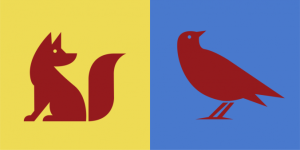
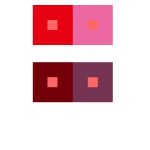
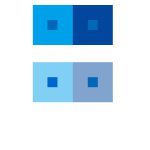
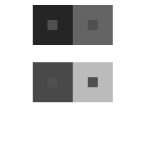
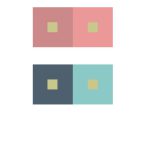
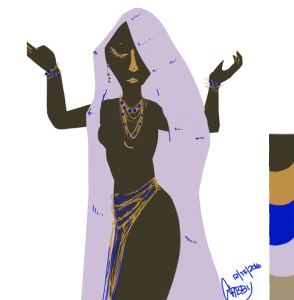
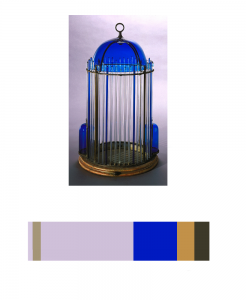
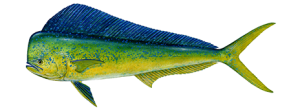
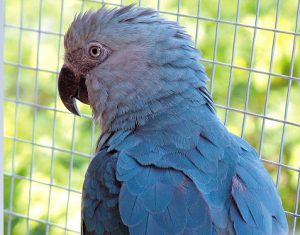

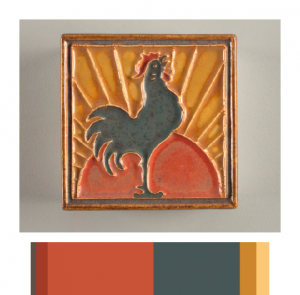
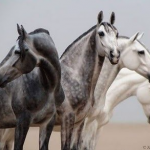




Recent Comments